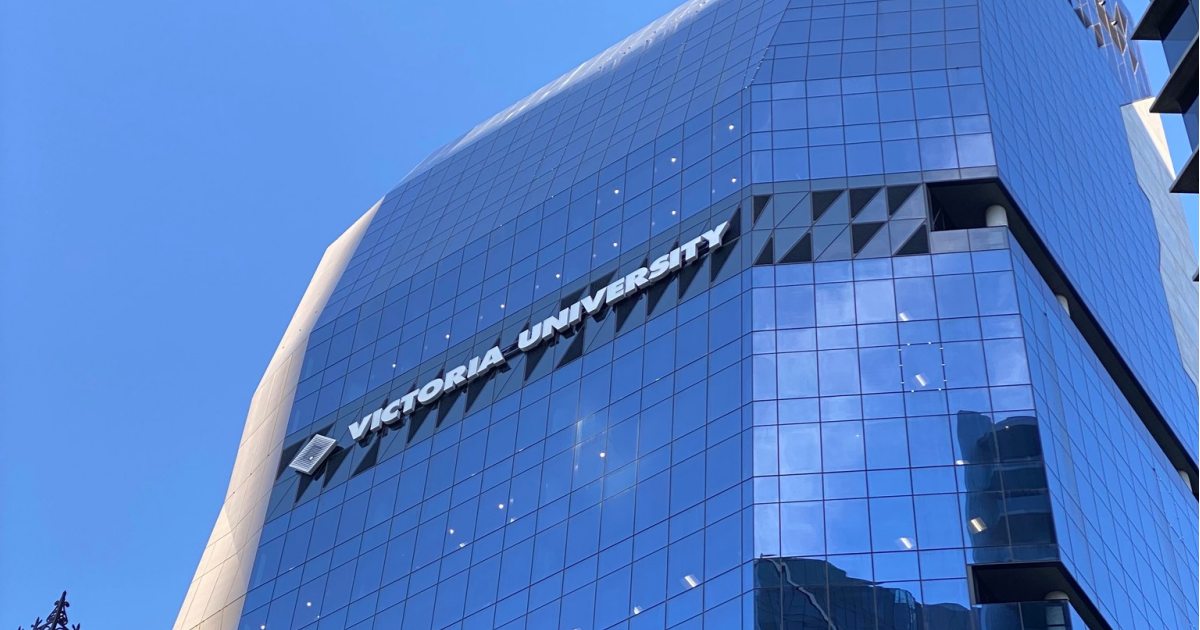A bunch of solar panels are being installed on rooftops at Victoria University’s Footscray Park, Werribee and St Albans campuses.
Victoria University’s roots date back to 1916 – it’s a direct descendant of Footscray Technical School. The institution currently has 40,000 enrolled higher education and VET students studying across its campuses.
VU has committed to addressing the United Nations Sustainable Development Goals (SDGs) at every opportunity – and among these is Goal 7: affordable and clean energy. VU is working on this goal through scientific enquiry and development, research on energy policy and also in more hands-on ways; such as the use of on-site solar power.
Expanding on the University’s PV program, the latest solar installations will be followed by more at Footscray Nicholson and Sunshine campuses by the end of 2022. How much capacity is involved with the rollout wasn’t mentioned, but according to the university:
“All up, the solar panels will cover over 9,000 m2 of rooftop space and will generate 4,648 kWh of solar energy.”
I’ll take a stab at how much solar power capacity is being installed based on the assumption the 4,648 kWh is a daily generation figure: around 1.2 MW. That would also fairly closely match up with 1,660 tonnes of carbon dioxide equivalent (CO2e) the University said would be avoided each year through the installations.
Director of Capital Program and Master Planning at VU Peter Cosman stated that by the end of this year the university’s total solar energy generation would be equivalent to around 8% of the institution’s electricity consumption.
“Our investment in solar power is just one part of a large body of work around meeting the University’s target of net zero greenhouse gas emissions,” said Mr. Cosman.
100% Renewable Electricity Supply
Other aspects also involve renewables. In 2021, Victoria University inked a power purchase agreement (PPA) with Iberdrola Australia for 100% renewable electricity sourced from Cherry Tree Wind Farm; which came into effect on July 1 last year.
Cherry Tree Wind Farm is situated around 15 kilometres south-east of Seymour, which is approximately 100 kilometres north of Melbourne. The 16 turbine, 57.6 MW farm started commercial operations in June 2020. The PPA deal slashes the university’s emissions by 23,305 tonnes of CO2e each year on average.
Other VU sustainability efforts include implementing energy-efficient heating and cooling systems – replacing gas with renewable electricity – and a 5-Star Green Rating for all new buildings.
“VU is committed to supporting the UN Sustainable Development Goals, and improving our facilities to be more energy-efficient is one important part of this,” said Mr. Cosman.
As well as walking the talk on renewables, related research is carried out at the University; which is home to the Alternative Energy Group and Victoria Energy Policy Centre.
Universities across Australia are switching on to commercial solar power and the reaping the benefits – not just in terms of emissions reductions, but energy bill savings. Added bonuses of having solar energy generation on- site include greater research and educational opportunities for faculty and students.


 RSS - Posts
RSS - Posts



Speak Your Mind